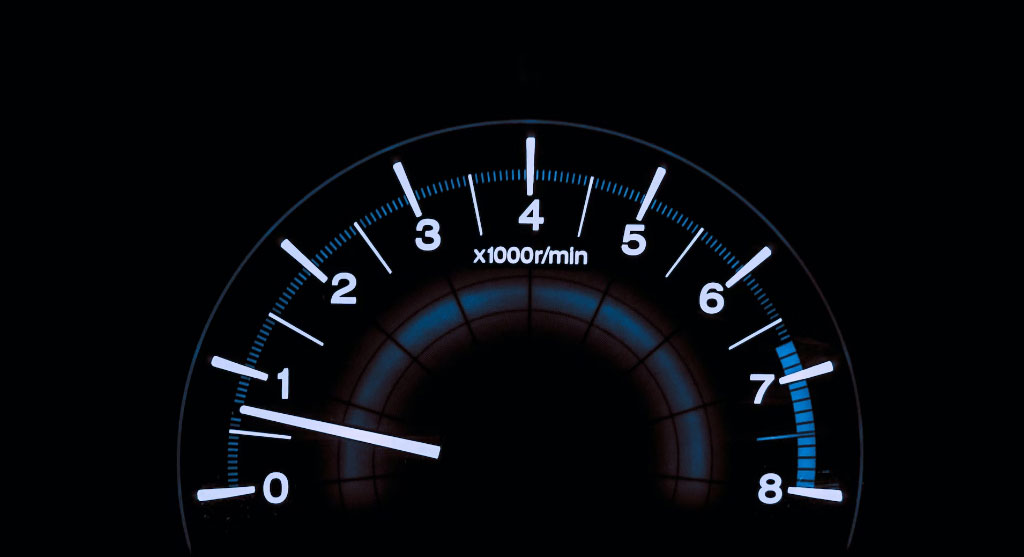What is Fleet Autocam Video Telematics?
Introduction
With the implementation of dashboard cameras and AI telematics, driver safety has improved immensely while reducing accident costs and insurance fraud.
At a time when supply chain issues and workforce shortages abound, fleet-dependent organizations across a variety of industries must protect drivers and the business against unnecessary costs and potential safety issues.
Integrated video telematics technology can help. Some of the greatest benefits fleets can realize from integrated video telematics adoption include a reduction in accidents and in false claims, which in turn can lead to increased driver safety and reduced insurance costs.
What is video telematics?
Video telematics is a specialized application of telematics technology that combines video recording with traditional telematics data collection. Cameras and sensors are used to capture video footage from inside and outside a vehicle, along with other data such as GPS location, speed, acceleration, and more. This data provides a comprehensive view of a vehicle’s operation and the driver’s behavior.

How AI video telematics boosts driver safety
Modern video telematics uses AI technology to give fleet managers more visibility into what happens inside and outside the vehicle. It also enables fleet managers to analyze the data gleaned from the video footage and receive notifications that prioritize viewing of incidents categorized as unsafe. AI Dashcam alerts drivers in real time to help reduce accidents and transform fleet safety.
Visual information provides a factual account of unsafe driving behaviors (tailgating, stop sign violations, near-misses, distracted driving, speeding, etc.) to give both managers and drivers a better sense of what needs improvement. This allows managers to:
1.Tailor coachable moments based on each driver’s needs
2.Reinforce safe-driving policies as part of accident-reduction efforts
3.Instantly reward drivers (as part of an incentive program) for demonstrating safe driving habits
How AI video telematics helps to avoid unnecessary costs
Among the top goals achieved through use of video technology, protection from false claims (77%) and improved driver safety (73%) topped the list for all respondents, followed by the reduction of accidents (48%) and insurance costs (44%)1.

False claims and accidents can have a negative impact on an organization’s bottom line. Video telematics can help fleets reduce the likelihood of crashes in the first place, reducing accident-related costs as a result. And, if a crash does happen, a recording of the incident can be used as evidence to reduce false claims and help keep insurance premiums from skyrocketing. Video footage helps to show the full, unbiased context of driving events, such as driver behavior, weather conditions, vehicle positions and how an incident unfolded.
What to look for in video telematics software
For fleets considering an investment in video telematics, be sure to look for the following features:
Dual footage view
Dual view of driver-facing and road-facing video via desktop or mobile app.
Streamlined video download
Ability to download and share footage as an MP4 file, along with valuable metadata such as the vehicle name, address, date and time, which can provide helpful context.
Near real-time notice
Notifications to view a video within minutes of when an incident occurs.
HOW DOES VIDEO TELEMATICS WORK?
In its simplest form, Video Telematics works by connecting driver behavior data with video footage. Telematics devices send a trigger when a driving event has occurred which tells the camera to record and retain the video footage running up to, during, and after the event. The HD videos are instantly uploaded wirelessly and securely to the cloud for real-time review through the telematics platform. Some of the key items to look for in a video telematics solution are:

1.Dashcams that record all drive-time and retain footage for driving events recorded by your telematics system
2.Customizable incident thresholds that align with your company’s risk tolerance. For example, cameras only record speeding events if the driver’s speed is 10% above the posted speed limit.
3.Fully integrated with your telematics platform with quick and easy video retrieval.
The latest AI-powered smart dashcams are disrupting this approach, by turning the camera into a powerful data capture device. With the latest computer vision technology, these cameras are trained to review all drive-time and automatically identify positive behaviors and dangerous actions, including distracted driving, mobile phone use, and tailgating. These actions are recorded in the telematics software and can be automatically shared with drivers via coaching apps.
WHAT TYPE OF CAMERAS CAN BE USED?
There are three main types of dashcams used in video telematics systems:
Forward-Facing
These cameras capture video footage of the road ahead, providing an HD view from the driver’s perspective.
Driver Forward-Facing
These cameras capture video footage of both the road and the driver adding additional context to the telemetry data.
Driver Forward-Facing with AI
Artificial intelligence takes camera technology to a new level, with always-on video AI providing visibility into new areas of risk and additional context to events. These cameras often incorporate real-time verbal feedback and automated driver coaching applications.
COMPONENTS OF VEHICLE TELEMATICS
Today's video telematics generally share these basic components:
1.Several video cameras
2.Front-facing camera mounted to the dashboard or windshield
3.Rear-facing camera
4.Interior camera to document the driver and cabin, additional cameras for side views
5.Telematics technology either embedded in the primary camera or the standalone
6.Wireless module in the telematics device or camera to transmit data and video footage
7.Software platform to process and analyze data
8.End-user application
Video Telematics Solutions – Impact on the Inside and Outside of a Vehicle
Driver Monitoring System
A dashboard camera captures the movements of the driver and matches them with an event. Alerts are generated in case the driver is engaged in activities like:
Blocking the camera
Absent from the driver’s seat
Yawning and drowsiness
Smoking
Using mobile phone
Another important aspect to consider is road hypnosis, which is commonly seen in truck drivers. In such a state, the mind of the driver becomes inactive, while his eyes are still on the road! It usually starts after 2-3 hours of continuous driving and can be a very dangerous state.
It is advisable to stop driving every 2 hours to avoid the state of road hypnosis. Video telematics systems can be configured to send alarms at regular intervals to avoid such issues.
Advanced Driver Assistance System
The video telematics system captures movements on the outside of the vehicle and triggers a notification when it identifies an event. Here are some examples of such an event:
Chances of a forward collision
Violation of a traffic signal
Over-speeding
Reckless lane switching




















































